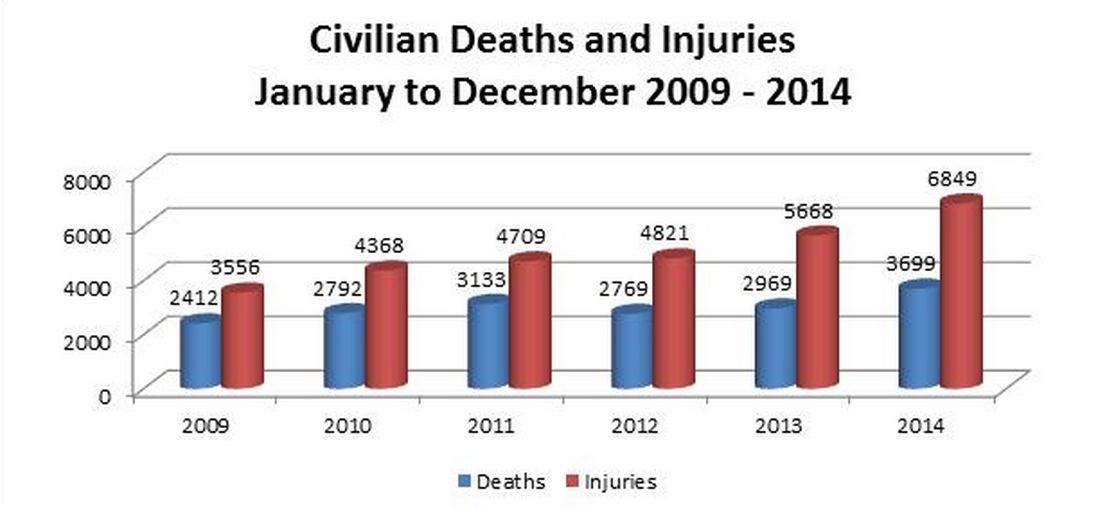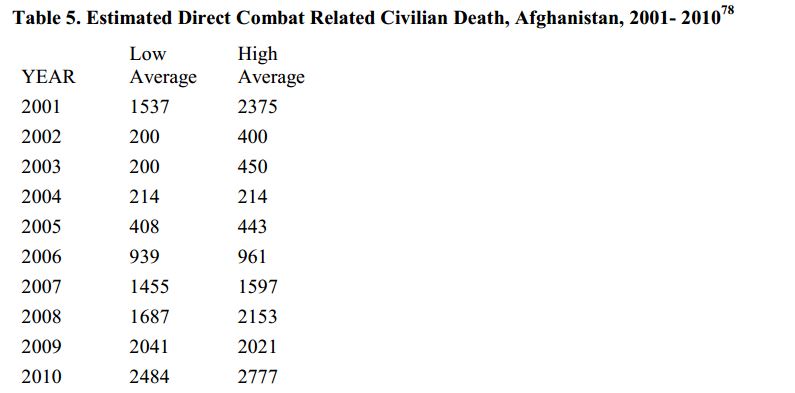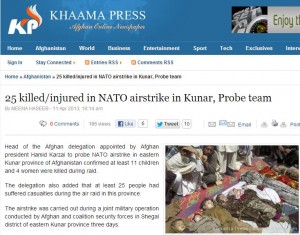Iran Sends Missiles to Iraq: US Finally Shows Concern for Sectarianism, Civilian Casualties
From the very beginning, when George W. Bush and his co-defendants wanted to invade Iraq over the 9/11 attacks, the US war in Iraq has been promoted, waged and defended with a complete lack of self-awareness of the illegal nature of the war and the devastation that can be laid directly at the feet of the US. Today we have a new chapter in that stunning absence of conscience, as the US engages in hand-wringing over the discovery of Iranian missiles in Iraq:
Iran has deployed advanced rockets and missiles to Iraq to help fight the Islamic State in Tikrit, a significant escalation of firepower and another sign of Iran’s growing influence in Iraq.
United States intelligence agencies detected the deployments in the past few weeks as Iraq was marshaling a force of 30,000 troops — two-thirds of them Shiite militias largely trained and equipped by Iran, according to three American officials. The officials spoke on condition of anonymity to discuss sensitive intelligence reports on Iran.
So, why is the US so concerned about this development? Read on:
Iran has not yet launched any of the weapons, but American officials fear the rockets and missiles could further inflame sectarian tensions and cause civilian casualties because they are not precision guided.
That is just effing unbelievable. Iranian missiles might “further inflame sectarian tensions and cause civilian casualties”? Really?
How about those sectarian tensions that are already in Iraq? Where did they get their biggest push? Recall that when we invaded, Saddam ruled through the Baath Party. The Baath Party was secular. The very first act (pdf) by the US military after overthrowing Saddam’s government was to disband the Baath Party. With its one secular ruling political party disbanded at the point of a gun, Iraq turned to organizing around the sectarian faiths that encompassed both mosques and militias. Much of the remaining time the US military spent on active combat duty in Iraq involved pitting Shias against Sunnis while paying lip-service to the need for “reconciliation”.
And then there are the civilian casualties. Although Iraq Body Count puts the number at a more conservative 100,000 or so, a more encompassing study documents that half a million civilians have died in Iraq as a direct result of the US invasion. And don’t get me started on the effects of the depleted uranium used in Fallujah.
The hubris involved in the US suggesting that Iran’s missiles could inflame sectarianism or cause civilian casualties is nothing short of staggering. But none of the idiots engaging in this hand-wringing will ever be forced to account for the real source of sectarian tensions and civilian casualties in Iraq.




